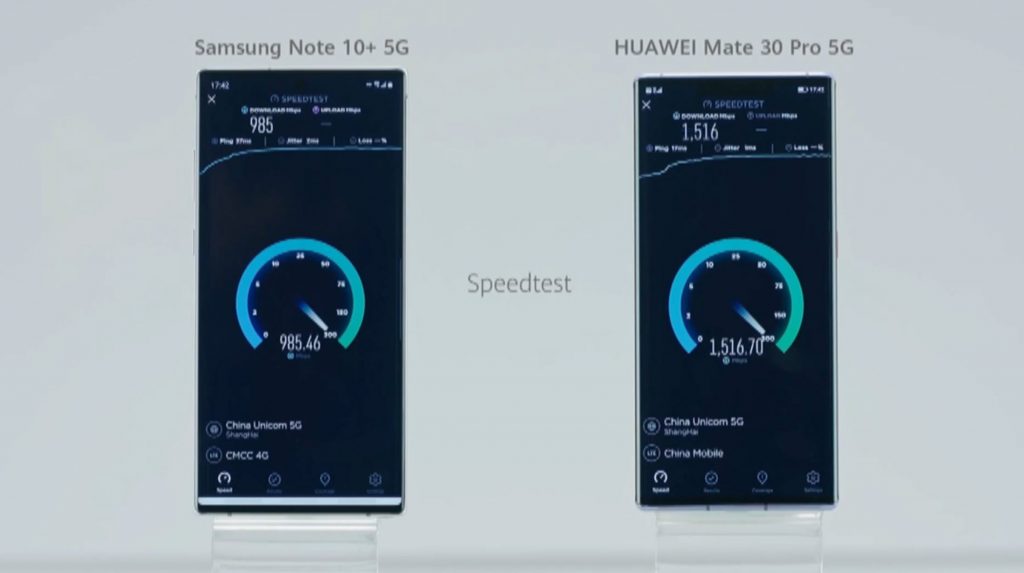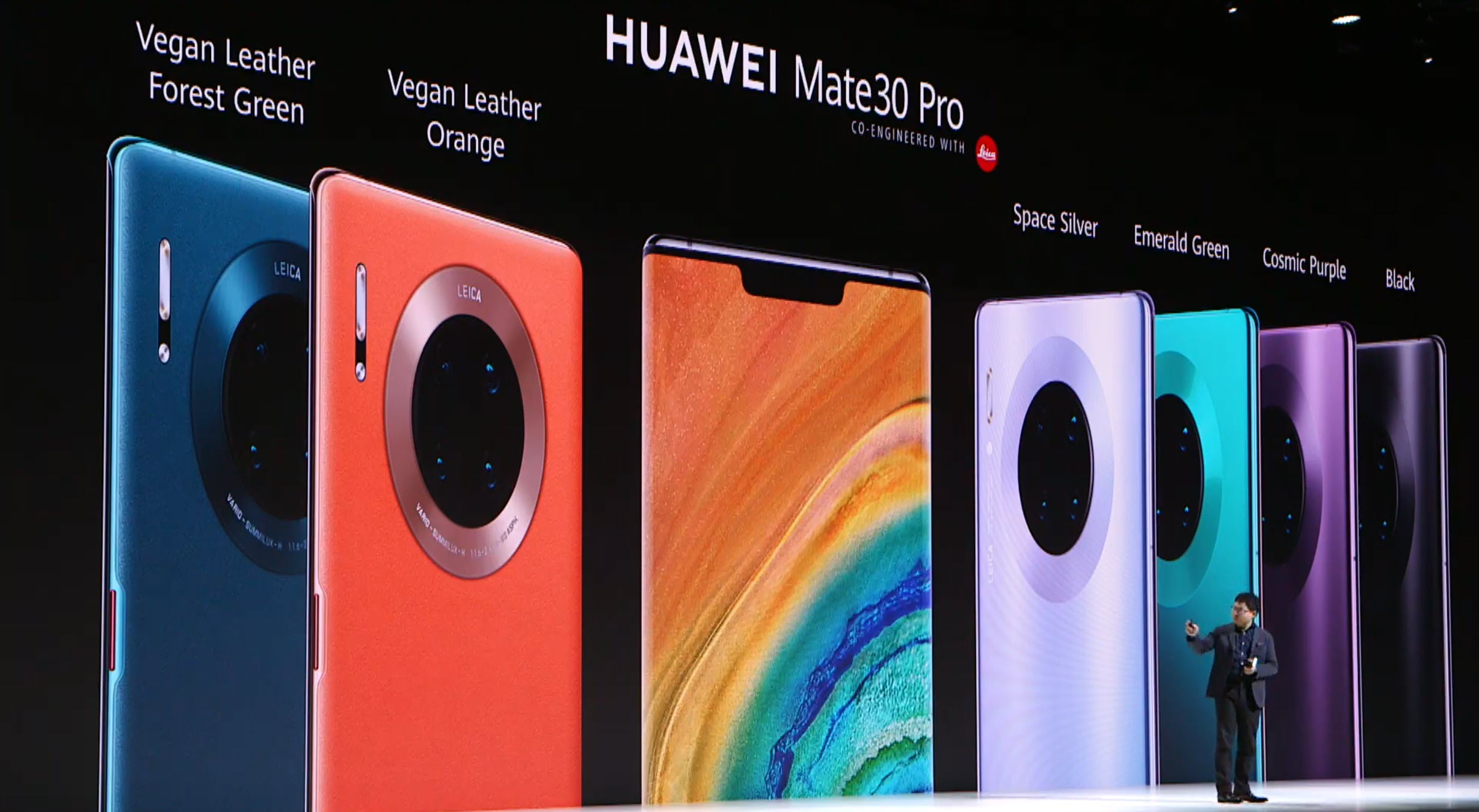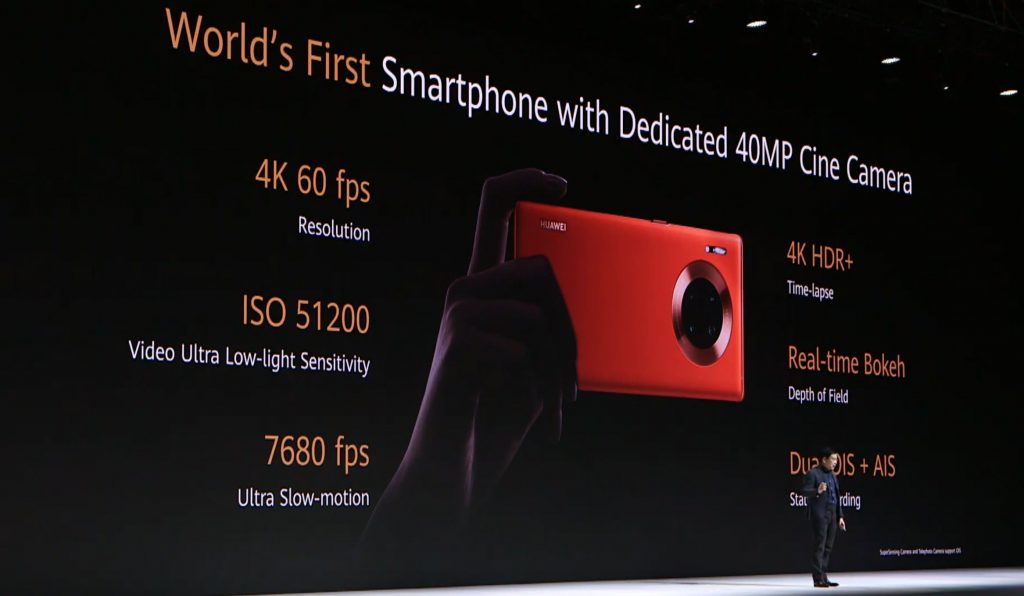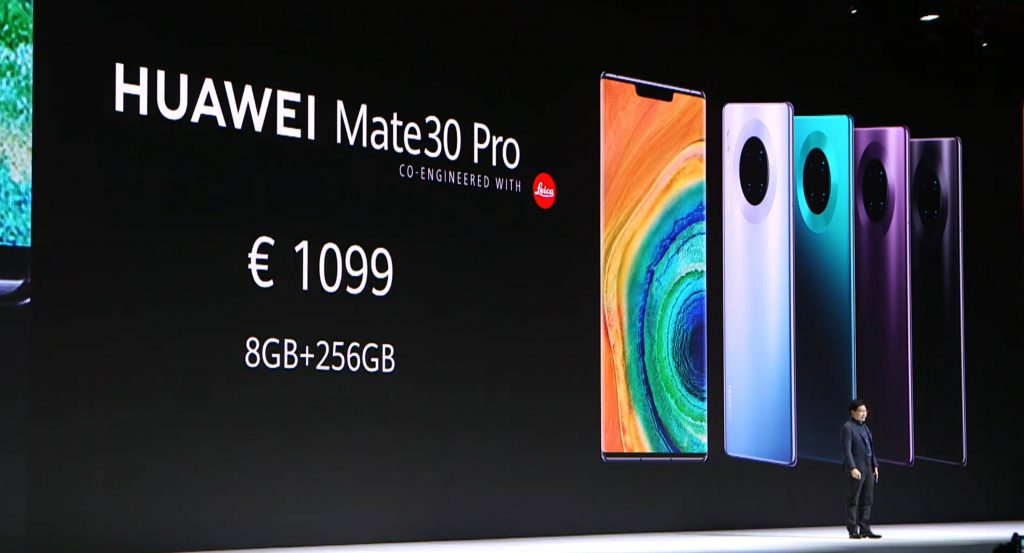This evening, Huawei launched the Mate 30 Pro at an event in Munich, Germany, just weeks after it presented at IFA 2019. The timing of the event is a little curious, but everything has been a bit curious with Huawei these last few months, and it’s likely to get more strange before less.
The headline has to be that Huawei has released a new Android powered smartphone, despite the fairly significant restrictions it faces at the hands of the US government, and Richard Yu’s company appears to have done a fairly outstanding job of it.
While the Huawei Mate 30 Pro cannot include Google’s mobile services and apps like Gmail, Maps, or even Chrome, Huawei has not been deterred, releasing a smartphone every bit deserving of the “premium” or “flagship” appellations. In fact, Huawei’s Mate 30 Pro could be more interesting not for what it has, but for what it does not.
All this discussion detracts from the Mate 30 Pro itself, so let’s talk about what it has – and has not.
Meet the new Huawei Mate 30 Pro
For starters, the Mate 30 Pro features a brilliant 6.53-inch OLED display with curved edges, reaching an amazing 88 degrees around the edge of the phone – that’s almost to horizontal. This introduces some new features – including some unique gesture controls, and a virtual volume control – there’s no physical volume buttons here.
A display with wrap around edges wouldn’t be much good without a few extra party tricks, and the inclusion of both Accoustic Sound Display and in-screen fingerprint sensor from the P30 Pro series are welcome here.
Inside, the Huawei Mate 30 Pro features the company’s recently announced Kirin 990 processor which promises real-world performance well in excess of anything else on the market for the foreseeable future. Paired with 8GB of RAM and 256 GB storage (in the models we’re likely to see in Australia), the Mate 30 Pro promises to be a powerhouse worthy of the Mate brand.
On stage, Huawei CEO Richard Yu spent a bit of time talking about the Mate 30 Pro’s 5G prowess, showing it almost doubling the network speed of Samsung’s Note 10+ 5G, and talking about the 5G band support and antennas in the Mate 30 Pro – it’s definitely capable. It seems that we won’t be seeing the 5G variant in Australia, though.
 The giant 4,500 mAh battery holding it all together promises two days (at least) battery life for the average user, with the understanding that it might even eke into three days for those who don’t hammer their smartphones as I do.
The giant 4,500 mAh battery holding it all together promises two days (at least) battery life for the average user, with the understanding that it might even eke into three days for those who don’t hammer their smartphones as I do.
There’s other things to know – such as a 3D biometric face unlock, fingerprint sensor that can unlock in 0.3 seconds or less, virtual L and R gamepad keys for gaming and the like, but much of this information isn’t really key.
The two things that users will care about is “can the Huawei Mate 30 Pro run the software I want” and “what’s the camera like?”
What’s the camera promise?
In answer to the latter, the camera setup is simply stunning. Huawei knows a thing or two about cameras, and partners with one of the best photography brands in the business, Leica. That partnership continues with Mate 30 Pro, featuring a world-first inclusion of Leica Cine Cameras – that’s dual 40MP sensors featuring RYYB pixel arrangement (which we saw on P30 Pro).
In simple terms, this means even better night shots, crisp, stunning portraits and wide angle photos to make you wet yourself with glee. I’ve had a brief hands-on with the Mate 30 Pro and even though the software (and hardware) weren’t quite final, the early results show incredible promise. As good as the P30 Pro was (and is), this is better.
The party trick? An ability to capture slow motion action at a mind-bending 7,680 frames per second. That’s enough to watch someone smash a watermelon over a 30 second clip, in excruciating detail. You can just imagine what I’ll be trying out in a review .. and it will result in some watermelon dismemberment.
The video capabilities are not to be overlooked either, with ultra-stabilised video in high speed environments, and the ability to shoot (on a smartphone, remember) video that would rival some very, very expensive cinematic camera gear. The thing that caught my attention was the real-time bokeh effect while shooting 4K video – that’s another party trick right there, but one for the discerning taste.
There’s also on-device integration with studio lights from Profoto, as well as built-in integration with the DJI Osmo Mobile 3 gimbal – no need for any external software, and as soon as you bring the Mate 30 Pro near an Osmo Mobile 3, they’ll prompt to pair so you can get started straight away.
While the Mate series isn’t really the photographic darling of Huawei’s smartphone stable, it’s certainly giving the P-series a good run for its money this year.
What about software?
Well, out of the box, Huawei’s Mate 30 Pro runs Android 10 with EMUI 10, just as the Mate 20 Pro ran Android 9 with EMUI 9.
Except that’s not the whole story.
As we noted at the outset, because there’s a trade ban in dealing with US companies, Huawei can’t license Google’s apps for Mate 30, which means there’s no Play Store, no Google Maps, no Gmail, and no Chrome. In fact, there’s no sign of anything Google on this phone, except for Google’s contributions to the Android Open Source Project.
Users can install a range of popular apps using Huawei’s App Gallery. Apps such as Facebook, Twitter, Snapchat and more are available, and built-in apps (Email, Calendar and the like) can be configured to sync with Google’s services anyway, so those without advanced needs might not even notice that Google’s services are missing.

However, the impact can be felt. Huawei’s App Gallery has no Uber or Uber Eats, nor any of the more popular 3rd party apps (e.g. Telegram for messaging, Flamingo or other 3rd party Twitter apps, and so on). Netflix, Stan, Google Play Movies, Foxtel Go, all of these options are denied to you on a Mate 30 Pro because there’s no Google Play Store to install them from.
Even if you managed to side load Uber, for example, would it work? Well no, it probably wouldn’t. Like so many other apps, it relies upon Google’s Mobile Services, and they can’t be found in the Mate 30 series. This means no Uber. No apps that rely on any Google APIs / services to work. And that’s an awful lot of apps.
But is that really the end of the story? It appears the answer is no.
Can you install Google Apps?
On Amazon’s Fire tablets – which have the same amount of “no Google” as the Mate 30 Pro does – you can install everything you need for Google Services in four simple steps:
- Install Google’s Account Manager APK
- Install Google Services Framework APK
- Install Google Play Services APK
- Install Google Play Store APK
Once that’s done, you can install any app from Google’s Play Store that you need on an Amazon tablet, and there’s no reason to doubt that you can do the same on a Mate 30 Pro – you can bet we’ll be trying as soon as we get a review unit.
While the average consumer might be put off by this, the process takes little more than 5 minutes or so, and – if done carefully – presents minimal risk. The reward, however, is clear – what could be the best smartphone hardware out there, running the software everyone wants.
Will users embrace this option though? Sadly, probably not. Almost certainly, the Mate 30 series will cement itself as a popular phone in two major groups – China, where Huawei’s market share is enormous and reliance on Google is zero anyway, and for enthusiasts who don’t mind fiddling a bit to make the Mate 30 work for them the way they want.
Will Huawei Mate 30 Pro come to Australia?
We’ve been told it will.
Huawei Australia is in negotiation with open channel (read: retailers) at the moment, and while we won’t likely see the Mate 30 Pro sold by carriers, you can fairly safely bet it’ll show up in places like JB HiFi, Mobileciti, Harvey Norman and those kinds of places (where we’ve seen open channel Huawei’s sold before).
Colour-wise, despite there being six colour variants, at this stage, Huawei Australia is in talks to bring just two to Australia – Matte Black and Space Silver. There will also be a single model – the Huawei Mate 30 Pro – coming to Australia; the Mate 30 and Mate 30 Lite will not be coming, at this stage.
Precise timing, and even local pricing, are yet to be confirmed, but we understand Huawei Mate 30 Pro will be in Australia late October / early November, with pricing to follow last year’s Mate 20 Pro pricing pretty closely – perhaps around $1,599 at launch.













As for that picture of the galaxy put up by huawei doing 900 mb ish ps , looking at many videos depending on provider and signal that will vary , and i have seen live demo`s on the tube of the galaxy 5g doing less or exceeding that by a good margin , on some occasions up to 1800+ mbps !
Be wary of marketing hype when a company shows only a single photo of its opposition not performing as well as theirs. check out minute 1.57 : https://www.youtube.com/watch?v=X3sMkX349T0
So assuming you bought the device , and did the side load of google apps , are there going to be any nasty surprises , if they do work , will they get updates , google apps aside how will it be for updates ? Is the device going to be full of chinese apps with chinese writing ? As for it allegedly having great hardware , for a start i dont see having no buttons as being a good move , i can see that cartoon volume button being an absolute pain a lot of the time . If… Read more »
Until we have a retail unit, there’s no way to know the definitive answer to these questions. However, previous AOSP devices with Google Apps sideloaded in this manner receive updates like any other. Full of Chinese apps? Not unless you install them.
I’m not sold on the side volume control myself, to be honest, but I want to see how it works in a production unit (not a pre-prod sample that admittedly didn’t have the best hardware).
That price is ridiculous without Google services out of the box. I get how good the hardware is but at that price, they’re dreaming.
I’ll wait till they discount the price by 50% like they did with the Mate 20 Pro.
No chance i’ll buy a Huawei phone RRP – there’ no resale.
Other than that the phone looks the good.
Screen needs to be 6.1″ to be perfect, and a smaller notch, but otherwise can’t wait to check it out.
The sideload google apps is a bit of a stretch. Will wait for you guys to test it on a real unit.
Hi guys,
That is correct Google service will not be pre-installed on Mate 30 Pro, but it is easily to install it by yourself or friends who know how-to. Then, it is exactly the same as all other phone use – download any APP you like as you do on any other Android phone like Samsung.
such an amazing device but bogged down by not having any of the google services and pricing wise i think i rather go with the Note 10+
hello guys i am very interested that how do you rate that DT and his government banned huawei from using google apps? In china google contributes little so we wouldnt really care about it. I am just curious about are you for DT’s actions or you feel it is such a unwise policy>
It’s definitely going to be a hard sell for most people. I’m surprised Huawei are even bringing the Mate 30 Pro out here TBH.
The hardware and camera are top rate. However, the software is going to be a huge hurdle for many people, and in the launch materials, they’ve not exactly been very loud about the phone having no Google Services. If customers buy it assuming their favourite apps will work, they may very quickly be disappointed.